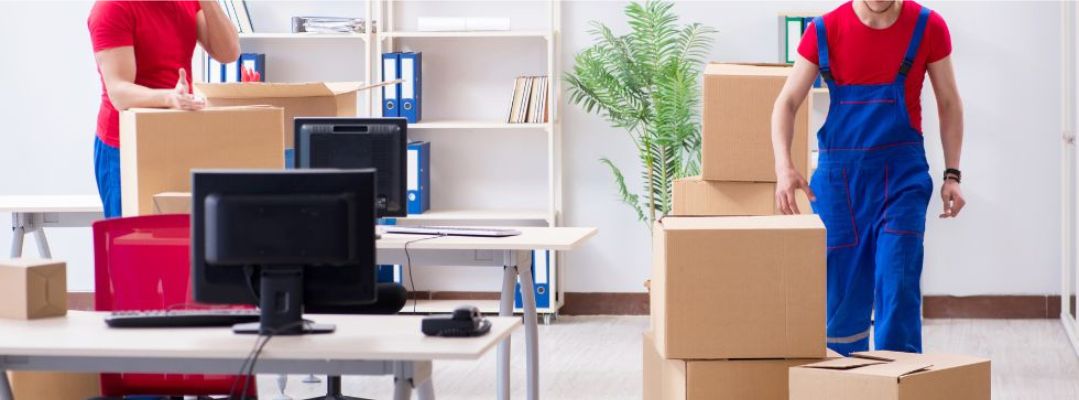Expert Tips for Moving Your IT Equipment Without Damage
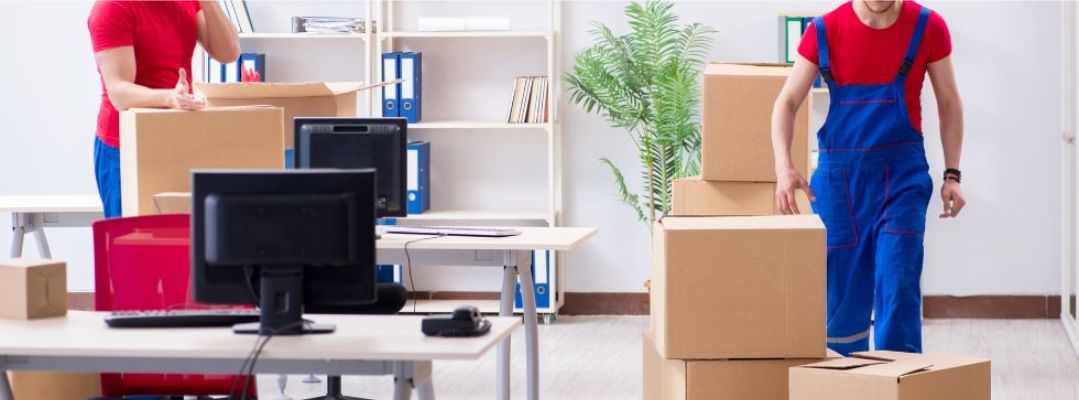
Planning for your office relocation? It’s not easy to relocate your office. Moreover, it can be stressful and might end up becoming an expensive task if the transfer of your IT equipment is not handled professionally. Offices are moved from their existing locations as they don’t fulfill their needs in terms of space, productivity, the surrounding atmosphere, and many other factors. You not only have to concentrate on the move, packing, unpacking, and rearranging while ensuring that the employees are happy and productive, but you also need to consider safety during relocation. The security of your office equipment is essential, whether you decide to move it yourself or hire professional movers to handle it.
If you are moving your office for the very first time, then you have to make sure to prepare a strategy to minimize any inconveniences. As your current office supplies are crucial to the efficient operation of your company, you have to make sure that they all arrive at your new location undamaged. In this blog, we will go through some of the most efficient tips to make sure that all of your IT office equipment will reach your new office facility safely and without any damage.
Divide The Tasks
Moving your office is not a single person’s job; it’s an entire company’s responsibility. You need to plan your office relocation in advance and divide the tasks among your employees. For example, you can ask your team members and employees to pack their respective desks and belongings by themselves, or you can even create a group of individuals and assign them the responsibility of organizing and packing a certain department. Also, it can be a smart decision to let people who have expertise in particular fields such as IT, marketing, and accounting departments handle that aspect. You just have to ensure that everybody gets clear and accurate information regarding moving plans and deadlines.
Prepare Your Inventory List
One of the essential parts of an office relocation is preparing a list of your inventory. You can keep track of every item involved in the relocation with the use of an inventory list, preventing any objects from getting lost or being left behind in the process. You can start by listing all the hardware equipment, such as servers, printers, desktop and laptop computers, networking equipment, and servers. Include other accessories like keyboards, mouse, and external devices. To simplify the process of setting up at the new location, separate and organize cables, adapters, and other equipment. This list is still necessary even if you hire a professional moving company, as they will prepare your moving quote based on this information, allowing you to calculate your costs. It will also help them decide which size of moving truck is adequate for loading your inventory.
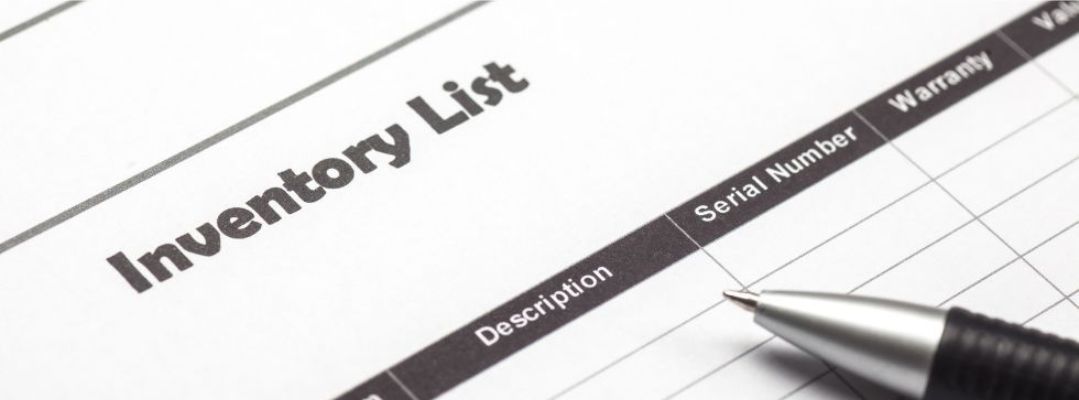
Measure Your Office Equipment
Measure everything precisely. This is one of the most important ways to guarantee the security of your IT office equipment. Measure and weigh each piece of equipment, such as desktop computers, servers, printers, monitors, and other devices, before the relocation. Having precise measurements helps in planning the logistics of the move effectively, ensuring that the equipment can fit through doorways, hallways, and elevators smoothly at both the old and new locations. Additionally, knowing the weight of the equipment allows you to choose the appropriate packing materials and ensures that the moving team is well-prepared to handle the load safely. By meticulously measuring your office equipment, you can minimize potential risks, prevent damages, and facilitate a secure and seamless move of your valuable IT assets.
Declutter
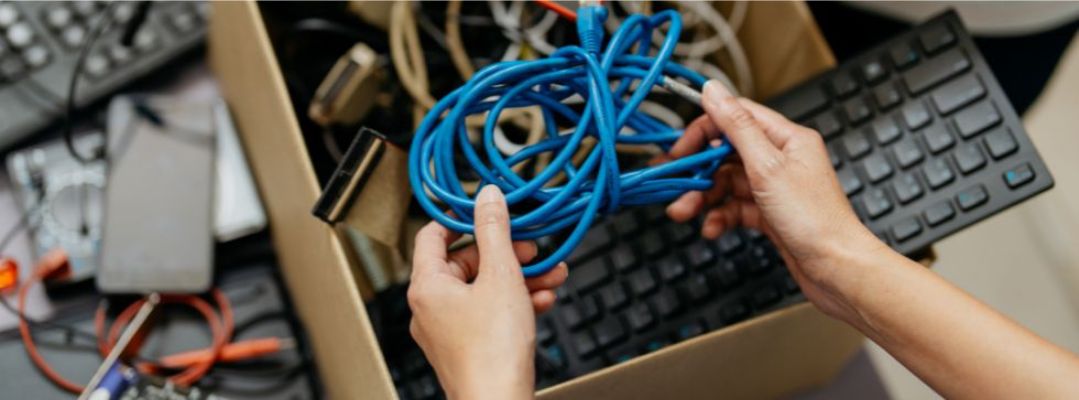
Spend some time evaluating and decluttering your technology assets before you start with their packaging and shipping. Find any old, useless, or extra pieces of equipment that won’t fit in with your new office arrangement. Disposing of or recycling these goods responsibly would not only speed up the moving process but also lower the chance of breaking expensive equipment while in transport. The relocation will be more orderly and less difficult if you declutter so that you can concentrate on packing and preserving only the necessary IT products. Additionally, it gives you the chance to update or upgrade obsolete equipment, ensuring that your new office space is furnished with effective and modern tools, promoting productivity and a smoother transition.
Secure Data And Sensitive Information
To ensure the safe relocation of IT office equipment, it is essential to secure data and sensitive information. Data protection should be given priority, therefore, before the move, make complete backups of all servers and devices. To add an additional layer of security while in transit, think about encrypting sensitive data. To prevent unauthorized access, keep a clear chain of custody, restrict access to authorized people only, and use tamper-evident seals when packaging. Use data destruction and shredding techniques to safely dispose of old data and documents. Use safe transportation methods and vehicles, and think about having security guards or dependable IT workers accompany the equipment as it travels. Enable remote wiping features for laptops and mobile devices to remotely delete data in the event of loss or theft. By following these measures, you can safeguard your data, mitigate potential risks, and ensure a smooth and secure move for your IT office equipment.
Hire Professionals
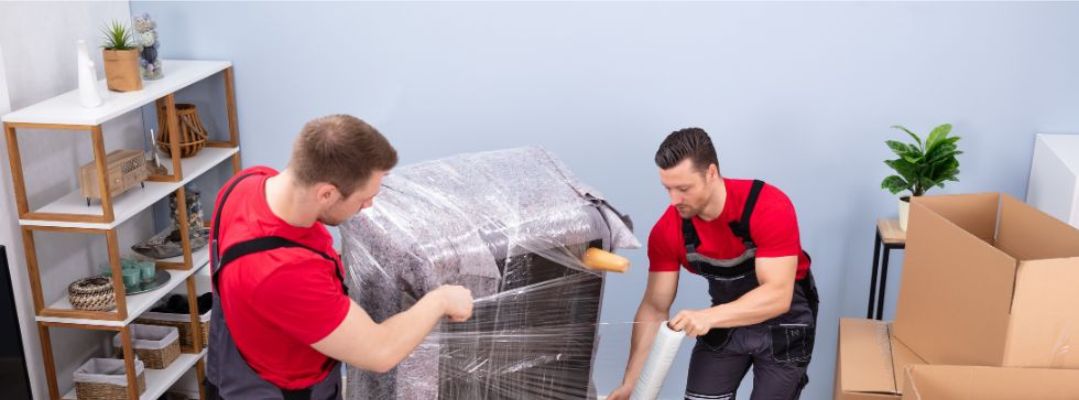
Hiring professionals to handle your office move is one of the most crucial moving tips to guarantee a safe and secure removal. Moving IT equipment entails handling valuable and sensitive objects that need specialist handling and knowledge. Professional movers that have moved IT office equipment before have the knowledge and expertise to pack, transport, and set up your technological assets with the utmost care. They have the right equipment and supplies available in order to protect delicate electronics from damage while in transit. By hiring experts, you may greatly lower your chance of mishaps, losses, or improper handling of your priceless equipment. Hiring experts enables you to concentrate on other parts of the move while having confidence that your IT office equipment is in experienced hands and will arrive at its destination quickly and safely.
Packing
Proper packing can ensure the safe and secure move of your IT office equipment. Spend time and effort choosing high-quality packaging supplies, such as strong moving boxes, bubble wrap, packing peanuts, and foam inserts, to safeguard delicate electrical components and gadgets. Ensure that each item is individually wrapped with care, giving specific attention to monitors, laptops, and servers. Doing so will help prevent the shifting of the items during transit. Label the contents of each box clearly, along with any specific handling instructions that may be needed. In order to prevent damage and tangling, be sure to carefully arrange and secure all wires and attachments. By carefully packing your IT office equipment, you can protect it from possible damage during the relocation and make sure that it will reach the new place intact and ready for effective setup.
Know Good Lifting Techniques
For the safe and injury-free relocation of your IT office equipment, it is crucial to be knowledgeable about proper lifting techniques. When handling large and bulky objects, improper lifting can result in strained muscles, back problems, and accidents. Follow these procedures when lifting IT equipment:
- Bend Your Knees: When picking up anything, avoid bending from the waist and instead bend your knees to lower yourself. By using this method, the weight is distributed more evenly, and your back is put under less stress.
- Keep A Straight Back: Lifting should always be done with a straight back, as curving your back increases the chance of injury. To keep your spine stable while lifting, contract your core muscles.
- Get A Good Grip: Before attempting to lift the object, make sure you have a good grip on it. Hold the object with both hands and, if necessary, use lifting straps or handles to help you maintain control and strengthen your grip.
- Use Your Legs: Use your leg muscles, not your back, to power the lift. Lift the thing while keeping it close to your body by pressing through your heels and straightening your legs.
- Avoid Twisting: While carrying large objects, try not to twist your body. To avoid bending your spine to change direction, pivot your feet. This will lessen the likelihood that your back will be put under stress.
- Team Lifting: Consider team lifting with a fellow worker to disperse the weight and make the process more doable when moving particularly awkward or heavy objects.
- Take Breaks: If moving multiple heavy items, take regular breaks to avoid overexertion and fatigue.
Unpacking And Reassembling
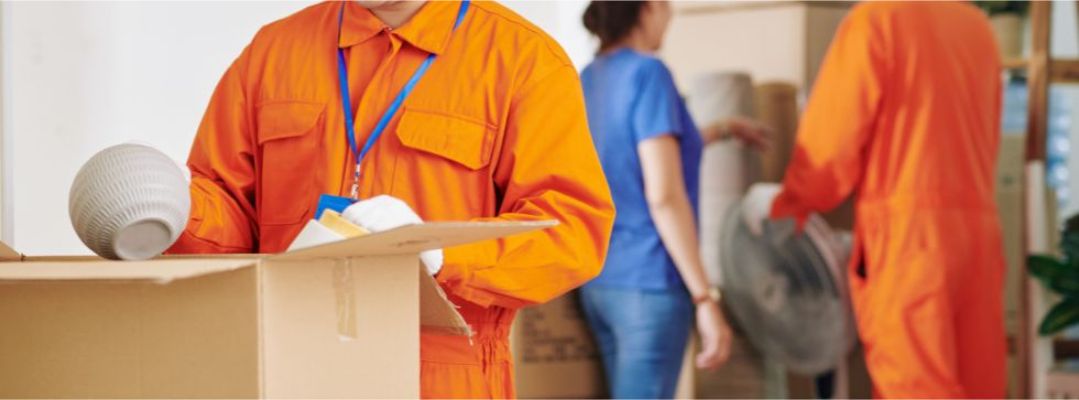
It’s essential to unpack and reassemble your IT office equipment after the relocation has been completed. Start by sorting through your boxes and putting the most important things first. Make sure everything has arrived safely by checking the inventory list twice. Before putting in new workstations with computers, monitors, keyboards, and mouse, clean the area. Devices and servers should be reconfigured and connected again while the connections are being tested for functionality. installing drivers, testing, and setting up devices and printers. To keep the workspace organized and secure, use good cable management. Turn on and test each piece of IT equipment, and have IT support on hand if you need any help with the technology. Update security measures, such as firewalls and antivirus software, to protect IT assets and data. By following these steps, your IT office equipment will be efficiently unpacked, reassembled, and ready for seamless operation in the new office space.
Day Off After Moving
The process of moving a complete IT office can be mentally and physically demanding, and it can be hard on the staff. Giving your crew a day off following the relocation enables them to unwind, recharge, and recoup from the physical strain of packing, moving, and putting up the equipment. Additionally, it gives staff members the chance to get familiarized with the new workplace setting, ensuring that they begin their work with a clear head and renewed energy. Additionally, taking a day off the day after the relocation enables any unforeseen problems or technological hiccups to be fixed without seriously disrupting workflow. It gives IT staff time to test and troubleshoot the systems thoroughly, ensuring that everything is in proper working order before resuming regular operations. By allowing your team to have a day off after the move, you not only prioritize their well-being but also enhance the safety and efficiency of the relocation process. Employees return to work energized and ready to tackle any challenges, leading to a smoother and more successful transition to the new office environment.
Conclusion
Moving your IT office equipment safely is a task that demands careful planning, the right office moving checklist, attention to detail, and adherence to best practices. By following these tips, you can mitigate potential risks, reduce the likelihood of damage to your valuable IT equipment, and minimize downtime during the move. Moving office technology safely not only protects your company’s assets but also ensures continued productivity and seamless operations in your new workspace. Emphasizing safety and meticulous planning will pave the way for a successful move, allowing your business to thrive in its new environment with minimal disruption. If you are in the process of planning an office move, then you should definitely consider hiring Harry The Mover. With our expertise in handling office relocations and specialized equipment, we can ensure a smooth and efficient transition to your new workspace.




